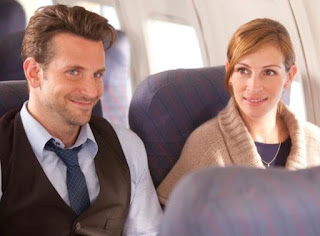By Michael Lyons
In addition to a card, flowers and chocolates, something else that can help set the mood for Valentine’s Day is the perfect movie. Lucky for us, Hollywood has a number of them set against the backdrop of Valentine’s Day and all of them make for the perfect accompaniment to this most romantic of days.
“Some Like It Hot” (1959). Yup, Director Billy Wilder’s cross-dressing classic begins with Jack Lemmon and Tony Curtis having to go into hiding after witnessing the infamous mobster St. Valentine’s Day Massacre. They disguise themselves as women in an all-female band and meet the sexy singer Sugar, played Marilyn Monroe in one of her most iconic roles in a most iconic movie.
“My Bloody Valentine” (1981). For those who like their Valentines a little more, well, horrific. This slasher film, made at the height of the genre, involves a “killer” Valentine’s Day party. Stay away from the 3-D remake from 2009, the original is as sweet as pure 80’s horror gets.
“Sleepless in Seattle” (1993). Nora Ephron’s delightful comedy, in which Tom Hanks and Meg Ryan are meant to be together, but keep missing each other, may begin at Christmas, but the film concludes on Valentine’s Day at the Empire State Building. Plus, movies don’t get sweeter or more romantic than this one.
“Valentine’s Day” (2010). Celebrating ten years this month, director Gary Marshall’s all-star movie with Julia Roberts, Bradley Cooper, Anne Hathaway, Shirley MacLaine, Jessica Biel and Jamie Foxx, just to name a few, follows a group of interrelated stories about Valentine’s Day. While not perfect, you can’t beat it as a movie backdrop for the day it celebrates.
In fact, one or all of these films could prove to be the perfect binge-a-thon with the one you love.
Happy Valentine’s Day!
Sources:
Wikipedia









